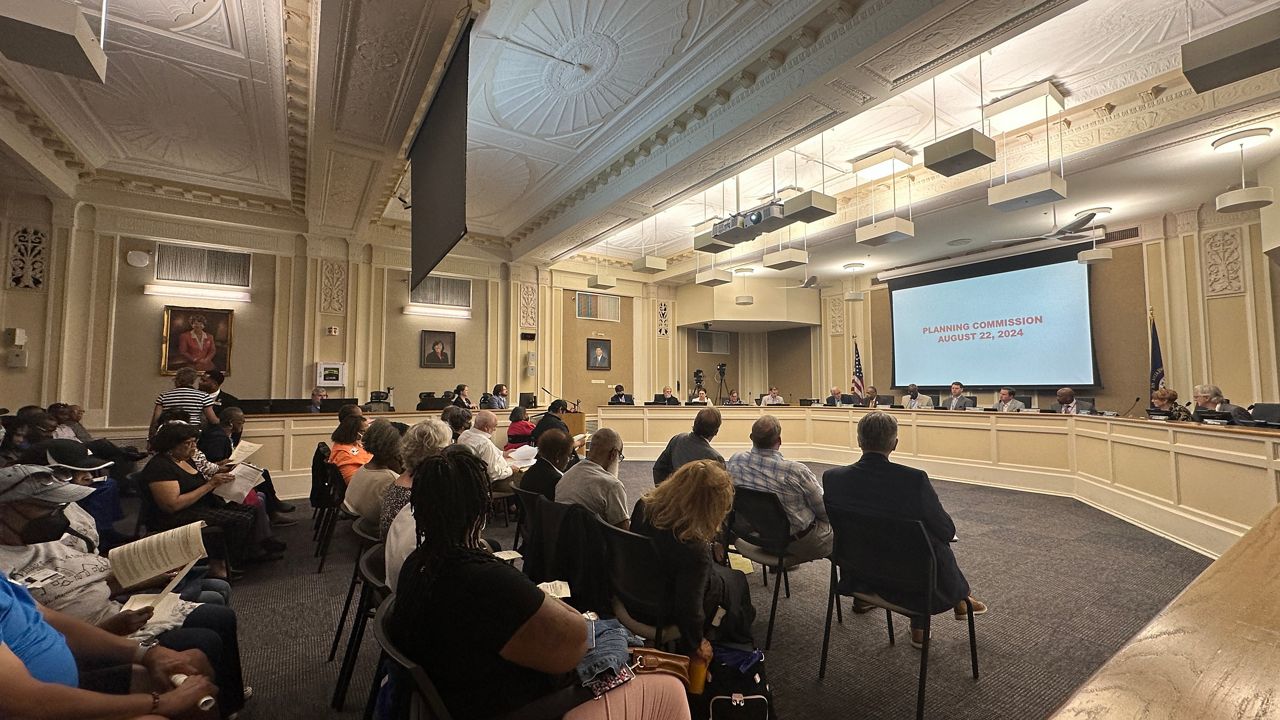LEXINGTON, Ky. — Lexington residents of one the city’s first African American subdivisions are pushing back on proposed development near the historical area.
Michelle Davis is the president of the St. Martin’s Village Neighborhood Association, and she says that culture, family and historical roots are embedded in the small community.
Developed in the 1950s after World War II, it’s one of the first African American subdivisions formed in Lexington. Davis was raised and still lives in the neighborhood today.
“The only neighborhood where my parents could purchase a house. There was no other place else in Lexington at that time. Everything was segregated. We could not go to the north or the south end of town. And so our parents, who were professional people, purchased the house in St. Martin’s Village.”
She was surprised in June when several of her neighbors were notified about potential changes to land beside their homes. Davis says she was one of the many who were not notified.

Property owners and flagship communities are looking to rezone the land between the current mobile homes and their neighborhood area from zoning for single residential homes to zoning for mobile home use.
That would include 52 dwelling units with a minimum of 4,000-square-feet required and changes to sub-streets.
“They had met twice before they had notified St. Martin’s Village of their intent of trying to rezone that area,” she says about the property owner’s discussion with the planning commission before August.
Now Davis and others are speaking out and working with attorney Bruce Simpson. He’s a civil attorney with 40 years in the field and says this community has stood apart from many as their community has maintained, organized and thrived for almost 70 years.
“Back when those folks were not able to live elsewhere in Lexington because of deed restrictions that precluded African Americans from owning or renting houses elsewhere in Lexington, for the most part,” Simpson said.
Simpson says this is one of the first mobile home expansions in nearly 50 years and that other Black neighborhoods have experienced similar concerns and unrest.
“Historically, our planning and development policies have not protected African American neighborhoods. They have been subject to incremental takeover by other folks, which has harmed their future integrity,” Simpson explained.
Davis says her home is one of the first on her street and, like it was passed down to her, she plans to do the same. “Whenever I leave this earth, my house will be passed down to my daughter, and to my daughter’s daughter — my granddaughter. If they pass on, to my great granddaughter, so it is generational,” she shared.
Developers say their plans include affordable homes to rent or own, outlets for traffic, and more efficiency toward mobility they say aligns with the urban service boundary. That urban development plan requires consideration and resident’s input.



